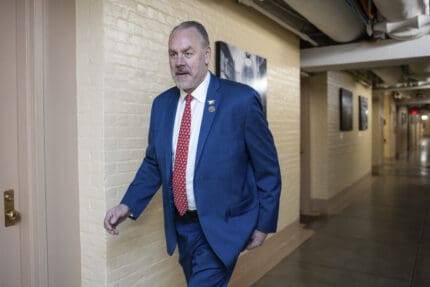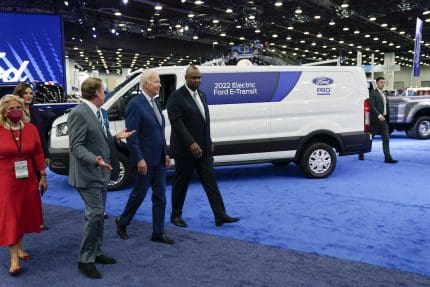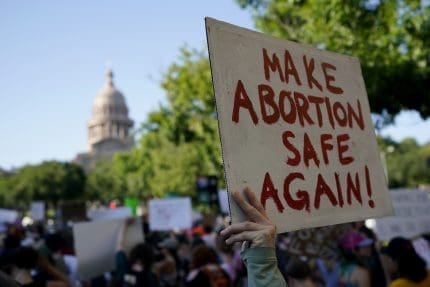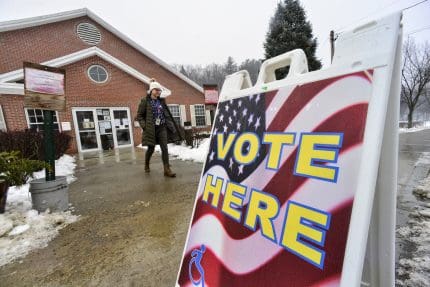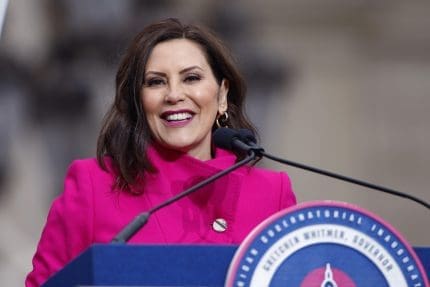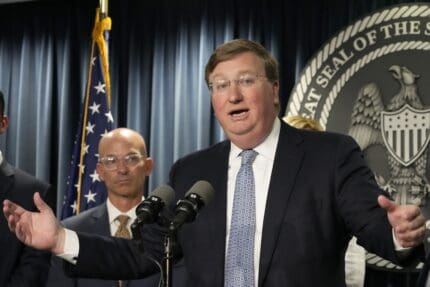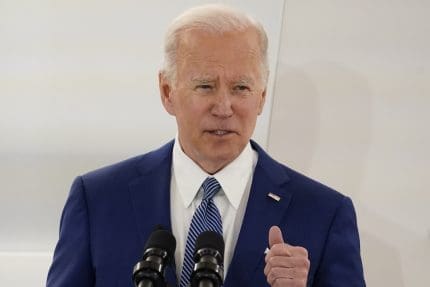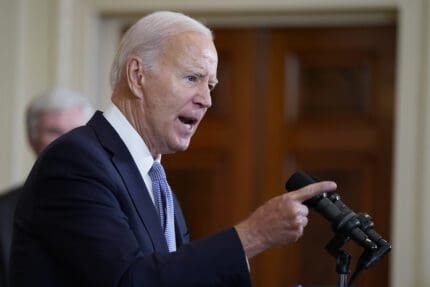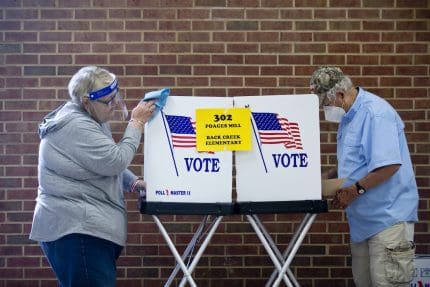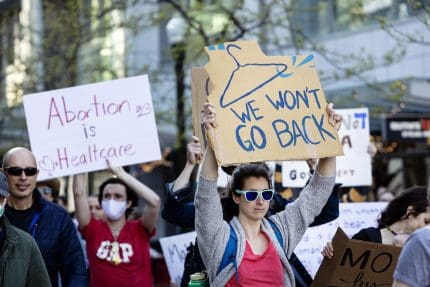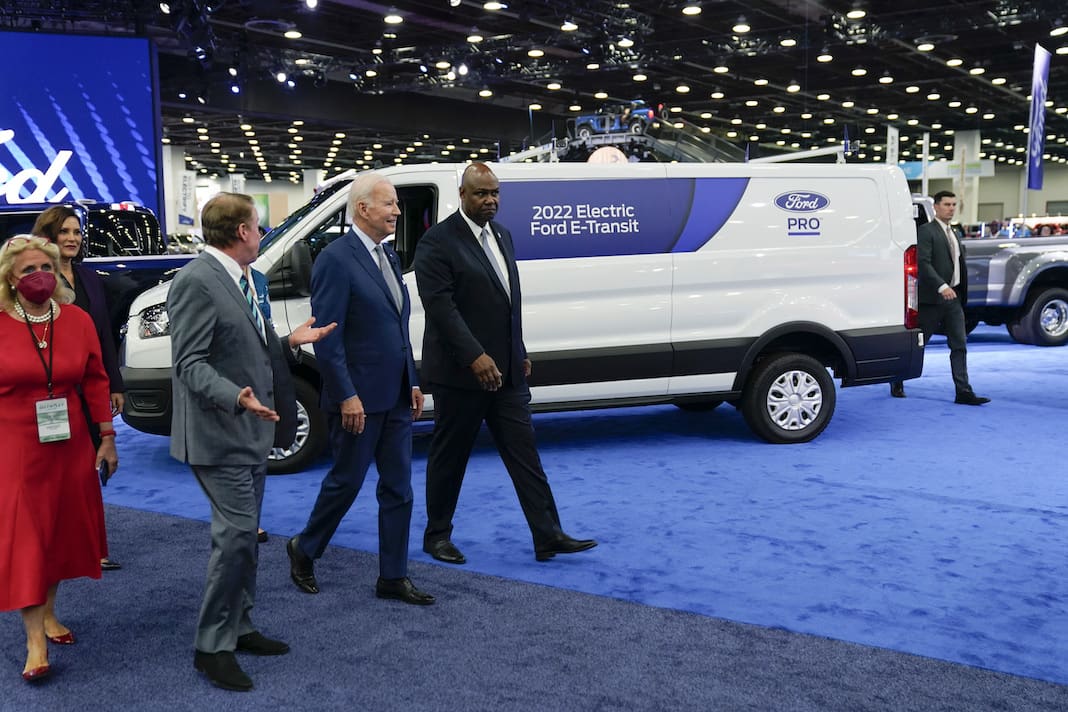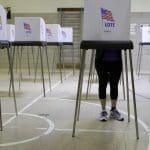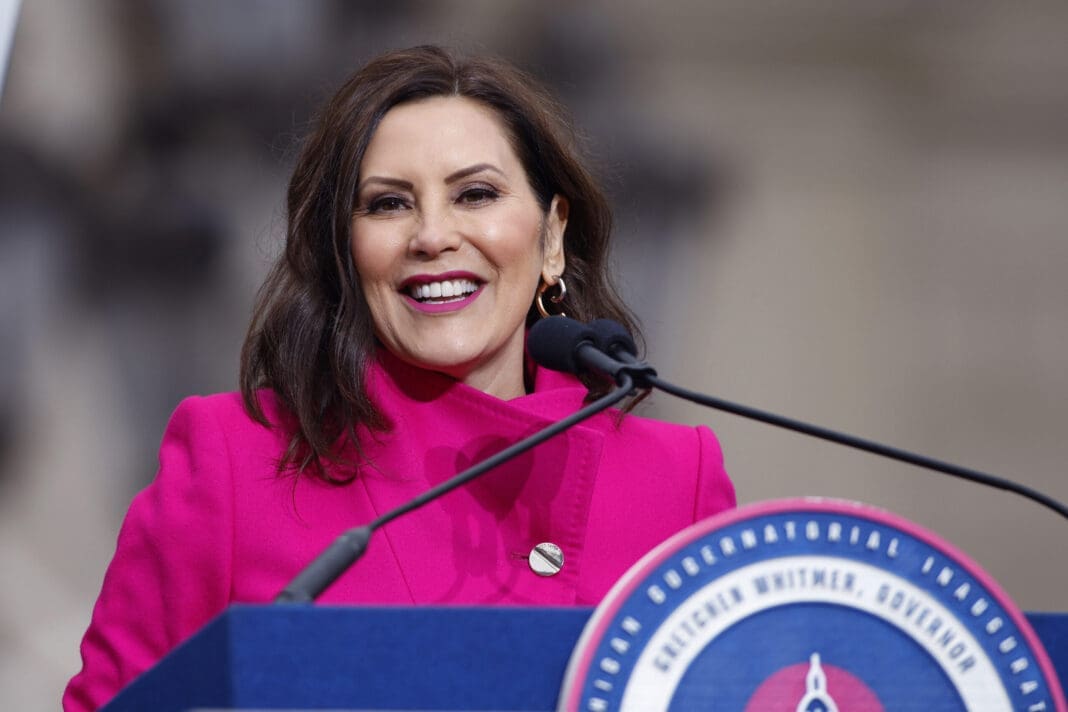Democrats' COVID-19 stimulus package created millions of jobs, report finds
The U.S. economy is expected to grow by nearly 8% between 2020 and 2022 — ‘a direct effect’ of the American Rescue Plan, according to a new report.
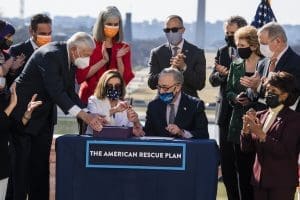
A new report from the Roosevelt Institute finds that the American Rescue Plan, the $1.9 trillion spending bill passed by Democrats and signed into law by President Joe Biden in March, blunted some of the worst economic effects of COVID-19.
“There are many achievements to celebrate, from millions more jobs and higher wages to greater economic security and increased worker power,” the report’s authors, Mike Konczal and Emily DiVito, wrote. “And even better, we avoided the worst-case alternative: the weaker, slower recovery that was projected if the American Rescue Plan (ARP) had not passed, and deeper harm to those who’ve historically been left behind by past recoveries.”
The stimulus package pushed growth beyond government predictions across several categories, including employment, wages, and gross domestic product, according to the report.
Before the stimulus package was passed, the Congressional Budget Office and the Federal Reserve’s Federal Open Market Committee predicted a slow, grinding recovery similar to the one that followed the 2008 economic recession. But after the American Rescue Plan went into effect, unemployment rates fell rapidly with the addition of more than 1.3 million jobs. At present, the U.S. economy is rebounding roughly eight times faster than it did after 2008.
The American Rescue Plan has been especially crucial for younger and lower-income workers. Using data from the Atlanta Federal Reserve, the Roosevelt Institute found that workers ages 16 to 24 saw a 9.7% wage increase, while the bottom quarter of wage-earners saw a 5.1% increase — even when accounting for inflation.
The American Rescue Plan has also benefited American workers more broadly. According to Arindrajit Dube, a professor of economics at the University of Massachusetts Amherst, the lowest-paid 70% of workers have seen “real wage growth” over the past two years. Given that U.S. wages have remained stagnant for decades, this represents a significant shift. From 1964 to 2018, the average American hourly wage increased by just $2, adjusted for inflation — a paltry 10% raise over the course of 54 years.
Other benefits have accrued to those at bottom of the economic pyramid.
The Roosevelt Institute’s analysis found that, in large part because of the American Rescue Plan, the wealth of the bottom 50% of households has grown 63% from pre-pandemic levels. Now those American households collectively own $3 trillion.
Despite these wins for American workers, staggering levels of wealth inequality persist. The wealthiest 1% controls more than $42 trillion, according to the Federal Reserve. Still, the American Rescue Plan has given economic relief to millions of U.S. households, many of whom were struggling long before the COVID-19 pandemic began. In 2018, 40% of Americans said they would struggle to cover an unexpected $400 expense, the Federal Reserve found.
As a result of this newfound economic security, workers are now better positioned to find new and better jobs, according to the Roosevelt Institute’s report. The authors point to markers of worker mobility, which are at historic highs. They also argued that workers now have more leverage to fight for better working conditions, with nearly 1,000 strikes and labor actions taking place this year. And data shows that workers largely support this resurgent labor movement: Fully 68% of Americans say they approve of unions, the largest share since 1965.
The report also notes that, according to the International Monetary Fund, the American economy is expected to grow by nearly 8% between 2020 and 2022. This far outpaces the economic growth rates of Canada, Germany, Japan, and Italy. It even outpaces the IMF’s earlier projections for the United States, which had GDP increasing by less than 2% over the same period.
This sharp uptick in U.S. economic growth is “a direct effect” of the American Rescue Plan, according to the Roosevelt Institute report.
The United States still faces very real challenges, including new coronavirus variants, supply chain issues, and “surprising inflation,” the report’s authors write. But overall, they argue, the American Rescue Plan’s successes “deserve a central place in the story of this recovery. Everything, from rapid job growth on down, was a choice based on prioritizing full employment. That was the right decision.”
Published with permission of The American Independent Foundation.
Recommended

Biden calls for expanded child tax credit, taxes on wealthy in $7.2 trillion budget plan
President Joe Biden released his budget request for the upcoming fiscal year Monday, calling on Congress to stick to the spending agreement brokered last year and to revamp tax laws so that the “wealthy pay their fair share.”
By Jennifer Shutt, States Newsroom - March 11, 2024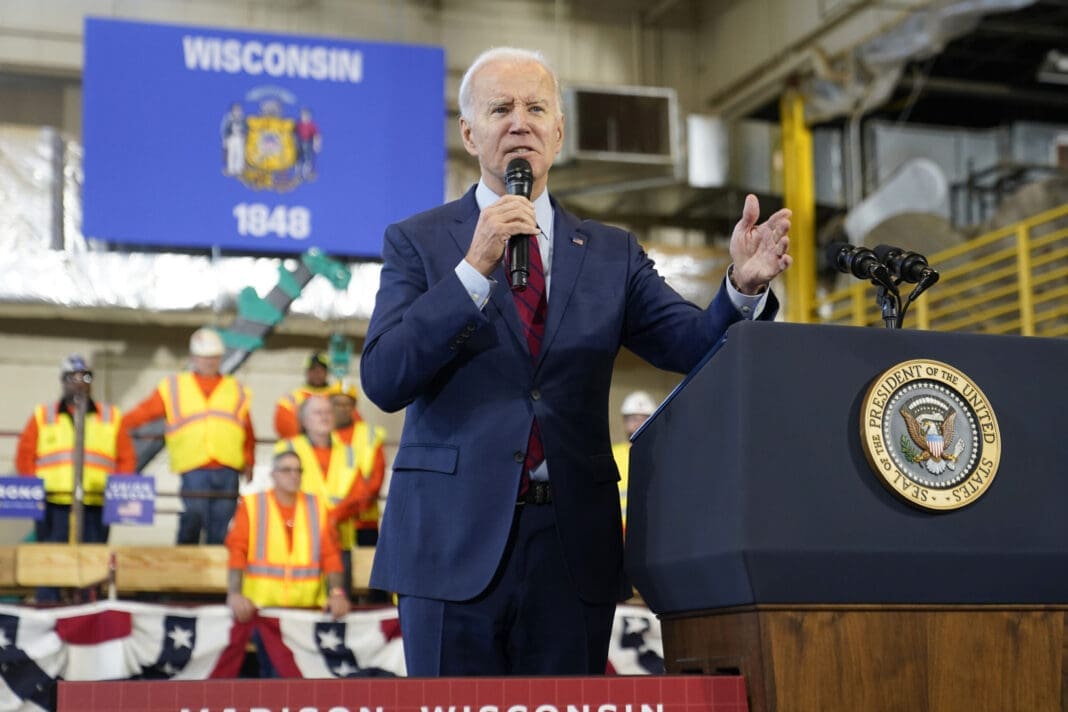
December jobs report: Wages up, hiring steady as job market ends year strong
Friday’s jobs data showed a strong, resilient U.S. labor market with wages outpacing inflation — welcome news for Americans hoping to have more purchasing power in 2024.
By Casey Quinlan - January 05, 2024
Biden’s infrastructure law is boosting Nevada’s economy. Sam Brown opposed it.
The Nevada Republican U.S. Senate hopeful also spoke out against a rail project projected to create thousands of union jobs
By Jesse Valentine - November 15, 2023













